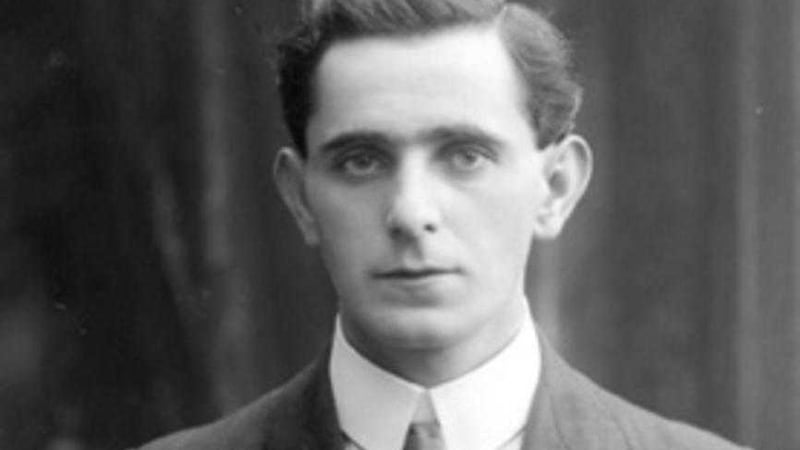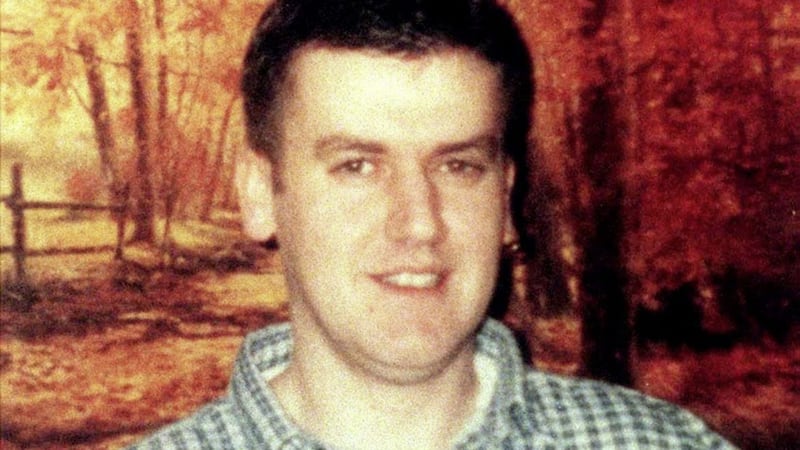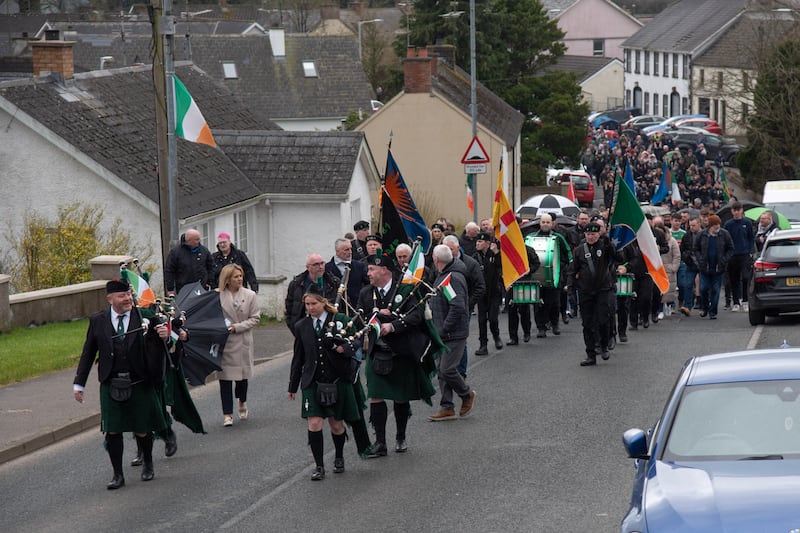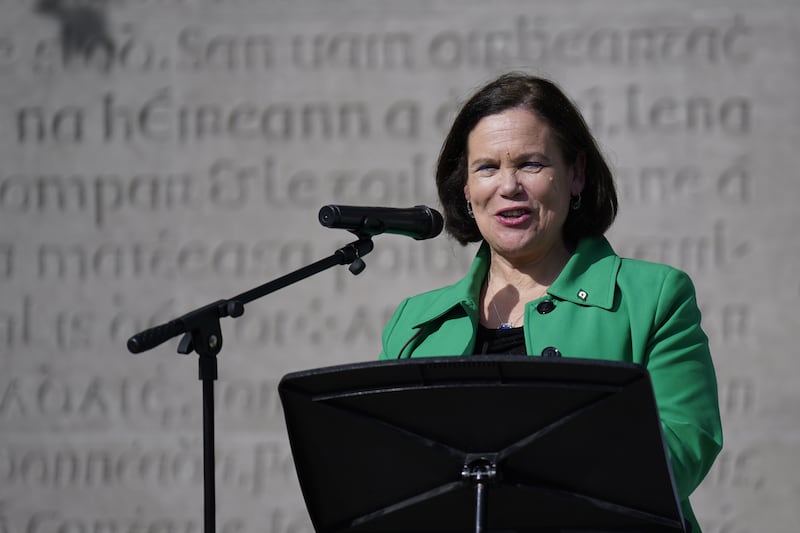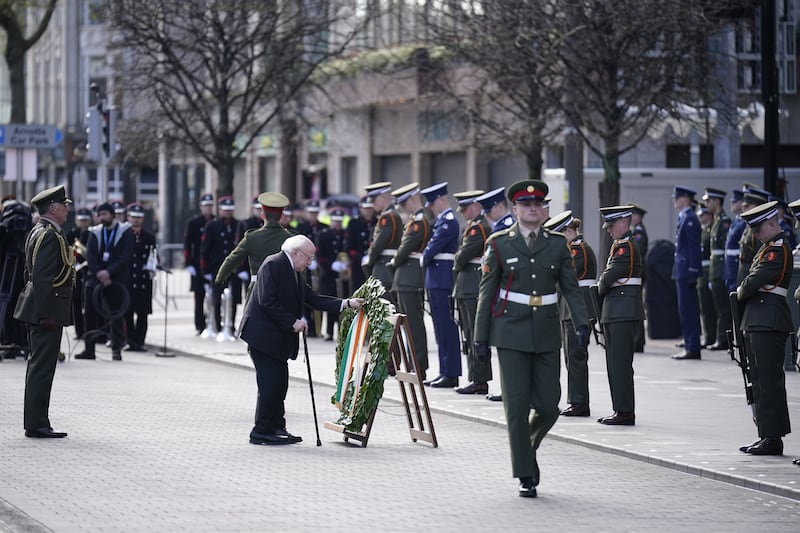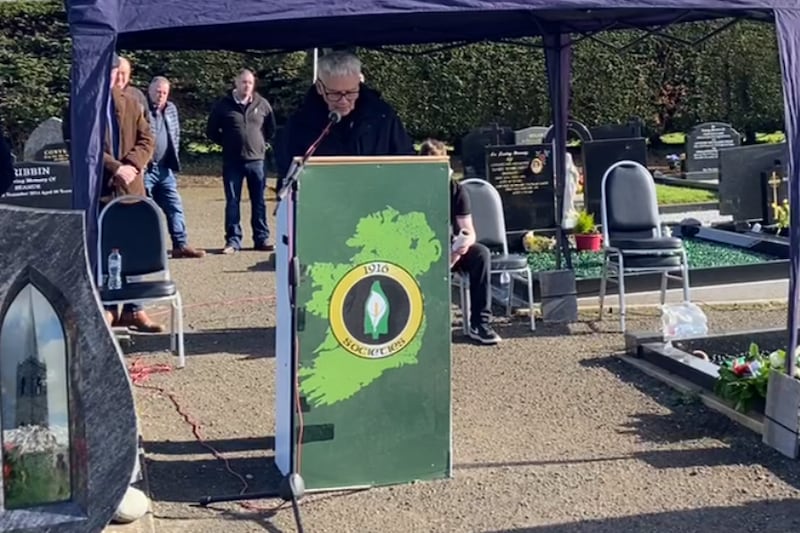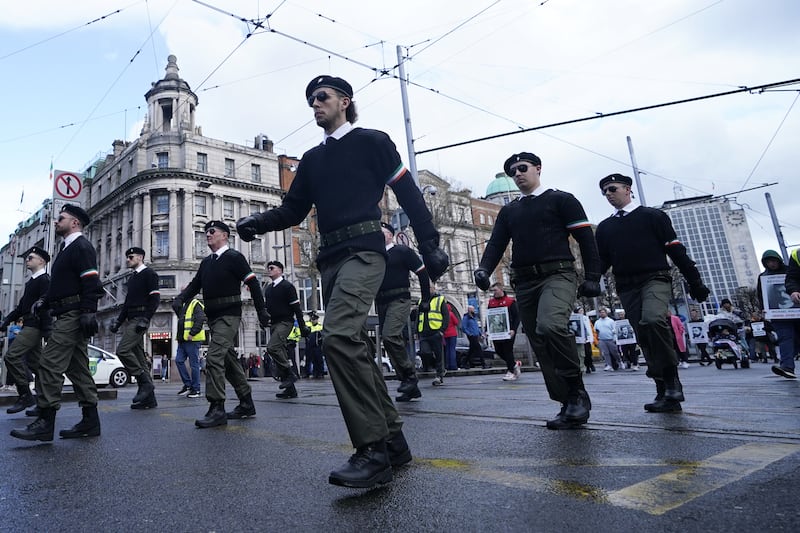IRISH SIDE
(Insurgent leaders and politicians)
Tom Clarke (1858-1916)
Brought up in Dungannon, son of a British soldier, the man who drove the IRB Agenda for A Rising from his return to Ireland in 1908; his tobacconist’s shop in Parnell Square became the nerve centre of planning etc.
Sean MacDiarmada (1884-1916)
One of a number of vital figures born or trained in Ulster pre-1916. A native of Co Leitrim, MacDermott/MacDiarmada joined the IRB while working as a tram conductor in Belfast; he was sacked for smoking but later found a new career in revolutionary activity; moved to Dublin and joined Tom Clarke.
Patrick Pearse (1879-1916)
Poet and schoolmaster; prominent in the Gaelic League; a charismatic orator, he was brought into the heart of the conspiracy by Tom Clarke in 1913.
Portraits by David Rooney taken from 1916 Portaits and Lives. Published by the Royal Irish Academy.
Joseph Mary Plunkett (1887-1916)
The son of a papal count, Plunkett was regarded as the key military strategist of the rising; he famously married Grace Gifford in his prison cell on the eve of his execution. He was already dying of TB when the Rising occurred.
Major John MacBride (1865-1916)
Born in Co Mayo, the son of a sea captain from Glenshesk in Co Antrim, MacBride was educated at St Malachy’s College Belfast; later led an Irish Brigade against the British in the Boer War in S Africa; married the beautiful Maud Gonne in 1913 but the marriage was not a success. Was actually going to a friend’s wedding on Easter Monday when he joined the Irish Volunteers under Thomas MacDonagh. General Charles Blackadder (who presided at his court martial) was impressed by his bravery and soldierly bearing.
James Connolly (1864-1916)
An Edinburgh-born Irishman and an international socialist, Connolly was commander of the Irish Citizen Army. Founded in 1913 by Ballymena-born Captain Jack White. By 1916 Connolly had joined forces with the IRB in their plans for a Rising. From 1911 until his execution Connolly and his family were living at Glenalina Terrace on Belfast’s Falls Road. There's a plaque over the door of a house opposite the City Cemetery.
Countess Constance Markievicz (‘The Rebel Countess’)
From a ‘Big House’ background in Sligo, she gravitated towards Irish separatism, joining Connolly’s Irish Citizen Army. She was second in command at St Stephen’s Green garrison during the rising. Sentenced to death, her sentence was commuted to penal servitude for life on account of other gender. First woman to be elected to Westminster in 1918, she did not take her seat. She was the Minister of Labour in the First Dail.
Éamon de Valera (1882-1975)
An almost unknown mathematics teacher, New York-born of a Cuban father and Irish mother, de Valera had joined the Gaelic League and Irish Volunteers before 1916. He was in charge of the garrison at Boland’s Millis in Easter Week. Sentenced to death, his sentence was later commuted. He went on to become President of Sinn Fein in 1917 and President of the Republic in 1919.
Eoin MacNeill (1867-1945)
A native of Glenarm, Co Antrim, MacNeill had co-founded the Gaelic League in 1893. His article in An Claidheamh Soluis (‘The sword of Light’) in 1913 inspired the Irish Volunteers as a counterweight to the UVF in the north. MacNeill became Commander in Chief of the Irish Volunteeers. Out-manoeuvred by the IRB in the Volunteers' governing committee, he issued his famous countermanding order on Easter Saturday 1916. Arrested after the Rising, he was later rehabilitated thanks to the intervention of Eamon de Valera.
John Redmond (1856-1918)
Leader of the Irish Parliamentary party, Redmond was responsible for the passage of the 3rd Home rule Bill in September 1914. An imperialist as well as a Home Ruler, Redmond urged the Irish volunteers to enlist in the British Army in the Great War. He condemned the Rising as ‘a wicked German plot’.
Sir Roger Casement (1864-1916)
Brought up in Ballymena and Ballycastle, Co Antrim, the son of Captain Roger Casement, Casement became a distinguished British diplomatic, exposing the maltreatment of native peoples in Africa and South America. Knighted in 1911 for humanitarian services he had long abandoned British imperialism in favour of the Irish cause. Casement joined the Gaelic league and Irish Volunteers and in 1915 began his mission to Berlin in search of German military help for a Rising. Captured in Kerry in 1916 and executed at Pentonville Prison on August 3 1916.
‘Wee Joe’ Devlin (1871-1934)
Joe Devlin was the northern leader of the Irish Parliamentary party and Redmond’s adviser on the Ulster Question. As MP for West Belfast and leader of the 150,000-strong Ancient Order of Hibernians, Devlin supported enlistment during the war. He was managing director of the Irish News which also condemned the Rising as a ‘German Plot’.
Sir Edward Carson (1854-1935)
The leading Irish Unionist of his day, Carson was MP for Trinity College Dublin an a bitter enemy of Home Rule. He was head-hunted by the Ulster Orangeman, Captain James Craig to lead the Ulster Unionist movement against the third Home Rule Bill during 1912-14. An all-Ireland Unionist, the Dublin lawyer launched the Ulster Volunteers to oppose the measure by force if necessary. In the end he ragarded himself as a failure as he had effectively abandoned ‘his own people’ in the south by 1921.
BRITISH FIGURES:
Herbert Henry Asquith (1852-1928)
(‘Mr Wait and See’), the British Liberal PM. A reluctant Home Ruler, he was the architect of the third Home Rule Bill for all Ireland. It was Asquith - under pressure from the Home Rule leaders - who finally stopped the policy of executions. He visited Ireland after the Rebellion.
David Lloyd George (1863-1945)
‘The Welsh Wizard’ was sympathetic to Ulster unionism. As Minister of Munitions he negotiated the famous ‘Lloyd George Proposals’ for six county partition with Redmond and Carson in June 1916. The scheme fell through but a template for later partition had been established. Replaced Asquith of PM of the Wartime Coalition in December 1916.
General Sir John Maxwell (1859-1929)
A former commander of British Forces in Egypt, he was retired on half pay in 1912 but recalled on the outbreak of the Great War. He was appointed GOC in Ireland during the Rebellion which he crushed. He was responsible for the execution of 15 of the leaders.
Augustine Birrell (1850-1933)
A Liberal MP and Chief Secretary for Ireland in the British Cabinet 1907-16. The Royal Commission into the Easter Rising held him "primarily responsible for the situation that was allowed to arise and the outbreak that occurred". Resigned after the Rising.
